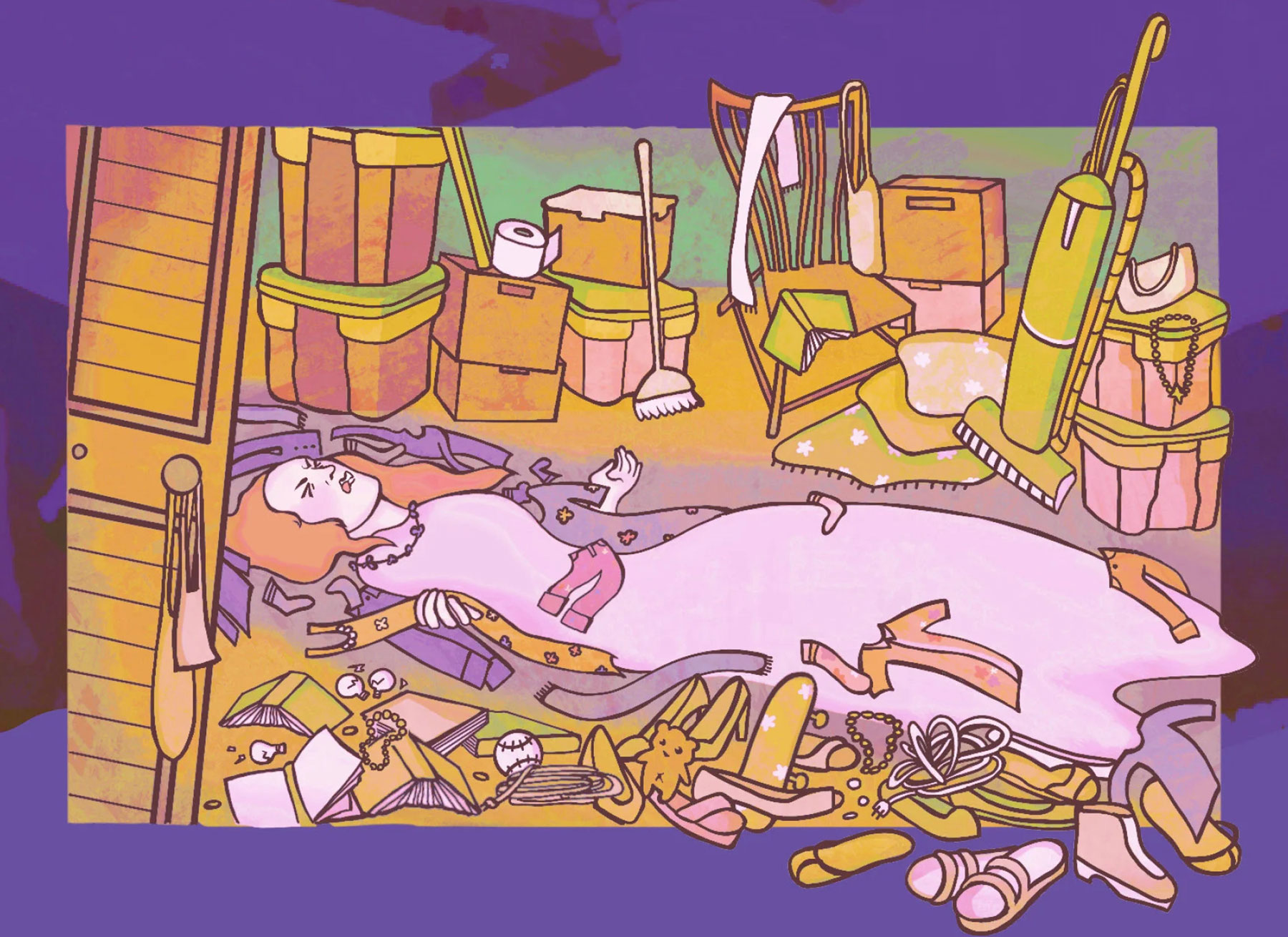Publications
From Our Blog
Biology, Identification, and Management of White Grubs in Georgia Turfgrass
White grubs (Figure 1) are among the most destructive insect pests of turfgrass in Georgia and throughout the southeastern United States. These pests are the larval stages of several scarab beetle species, including Japanese beetles, green June beetles, and masked chafers (Figure 2). Grubs live in the soil and feed on turfgrass roots, causing patches […]
Getting the Best of Pests Webinar: November 2025
Speakers and Topics: Industry Update 2025: Turfgrass – Dr. Ben Pritchard and Dr. Clint Waltz, Crop and Soil Sciences, University of Georgia, Griffin, GA • Weeds continue to be major challenges for turfgrass managers, including golf courses, sod farms, and residential and public landscapes. The speakers will update the audience regarding the recent research findings […]
Below the Surface: Habitat Protection for Ground-Nesting Bees in Urban Environments
Over 50% of the world’s population currently resides in urban areas and is projected to continue expanding. Bees are among the most populous, diverse, and effective pollinators. Approximately 70% of bee species nest in the ground, spending their larval and pupal stages underground (Figure 1). Continued urbanization poses a significant threat to natural spaces, as […]
Update 2: Emerging Risk of Cotton Jassid in Ornamental Nurseries
Cotton Jassid, Amrasca biguttula (Fig. 1), is native to the Indian subcontinent and has become an invasive pest in Georgia. It is spreading rapidly throughout Georgia and other southeastern states. Currently, it is present in nearly all southern counties and in two counties in northwest Georgia. Adults of the two-spot cotton leafhopper are small green […]






